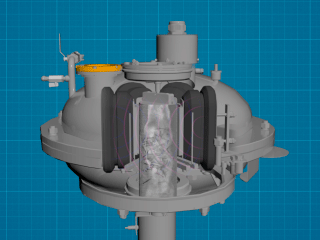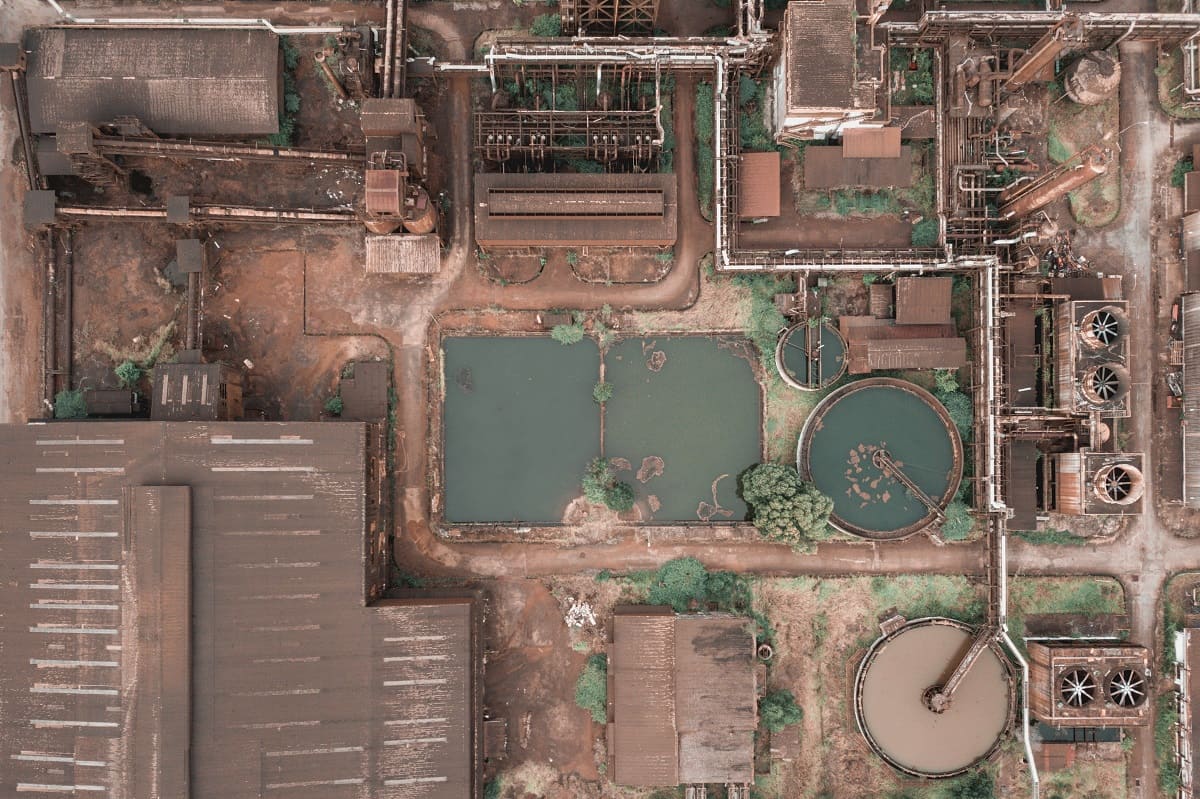We will continue a series of articles about wastewater treatment with an overview on “Distillery wastewater treatment”. As part of this overview, we will briefly discuss how wastewater treatment is carried out at such enterprises, what problems arise in this regard, and how these problems can be solved using ferromagnetic particles vortex layer devices.
Molasses as a raw material for alcohol production
Various plant raw materials can be used for alcohol production:
- corn;
- apples;
- potato;
- grain, etc.
Many distilleries operate on sugar beet molasses. It was dictated by the need to dispose of waste from beet sugar manufacturing, on the one hand, and by the comparative cost of alcohol obtained from different raw materials, on the other hand.
Molasses (syrup) is a by-product of sugar manufacturing. After selecting the beet pulp and sludge, part of non-sugar substances enters the mother liquor which is left as a result of spinning the last product. The yield of molasses averages 4–6% of the initial weight of sugar beets, and the sugar content therein can reach 40–57% by weight. It is a very thick, dark brown liquid.
If potatoes (100%) are taken as a reference point for the cost of alcohol production from raw materials, then the cost of alcohol production from molasses will be approximately 88%, from grain — 95%, and from raw sugar — 94%.
What is done to molasses stillage after alcohol production?
After ethyl alcohol production, another by-product is formed — this is the so-called molasses stillage. It is a light brown liquid with an unpleasant and slightly sour smell. Molasses stillage is toxic waste that must not be discharged into the environment. If it enters the environment without being preprocessed, it will severely damage the water and soil ecosystem.
At many enterprises in the alcohol industry, molasses stillage is not disposed of, but dumped onto filtration fields along with distillery wastewater without treating. After that, water bodies and drinking water are polluted by sewage, and foul-smelling compounds formed during the decay of organic substances in wastewater get into the atmosphere.
Therefore, distillery wastewater containing post-stillage molasses should be treated using special technologies. One of the most promising and proven technologies is biological treatment. Its essence is to use microorganisms for removing unwanted impurities from the water. Molasses stillage belongs to waste with a high concentration of organic substances; therefore, it is recommended to use the anaerobic method as a preliminary stage of treatment. And subsequently — aerobic post-treatment.
However, the use of wastewater treatment facilities operating on such principles for distillery wastewater treatment encounters difficulties. The main difficulty is that wastewater contains plenty of suspended solids due to the presence of molasses stillage. Wastewater treatment facilities are just unable to withstand such a complex substance which requires using new technical solutions.
Distillery wastewater treatment by means of vortex layer devices

In terms of design, such devices consist of a rotating electromagnetic field inductor, an operating chamber made of non-magnetic material, and needle-shaped ferromagnetic particles. If these particles are placed into the operating chamber, and voltage is applied to the inductor winding, the particles start moving as driven by an electromagnetic field. It is motion along complex trajectories, because the particles will constantly collide with one another and the operating chamber walls.
- Logvinenko, the developer of devices, was the first to note the prospect of using this kind of devices in wastewater treatment processes. Together with his students, he researched into the efficiency of ferromagnetic particles vortex layer devices in treating the wastewater containing chromium, arsenic, fluorine, phenol, iron, nickel, zinc, copper, cyanogen, and other substances. It was found that if the water was mixed with chemical agents in the device operating chamber, the chemical reactions would proceed much faster and take seconds and fractions of seconds. Furthermore, other processes that take place during wastewater treatment, for example, settling and stratification, proceed much faster.
This effect is achieved due to the water simultaneously influenced by various factors and phenomena that arise in the operating chamber during the vortex layer operation. These include:
- intensive mixing and dispersion;
- high local pressure;
- cavitation;
- ultrasonic vibrations;
- water electrolysis, etc.
The introduction of vortex layer devices into distillery wastewater treatment facilities yielded positive results as well. The sewage containing molasses stillage was fed into the device operating chamber after which rapid stratification occurred: colloidal particles precipitated and separated from the water, and the water itself was further sent for treatment.
Advantages of vortex layer devices in distillery wastewater treatment
- The use of AVS for pretreatment of the distillery wastewater containing molasses stillage allows reducing the load on wastewater treatment facilities due to rapid separation of suspended solids and increasing their capacity and operational reliability.
- Vortex layer devices are compact in size and can operate in a stream mode; therefore, they can be introduced into existing wastewater treatment facilities without any particular difficulties.
- GlobeCore vortex layer devices are characterized by high capacity. AVS-100 model has the capacity of 10 m3/h, and AVS-150 model — 16 m3/h.
- The devices show low specific energy consumption. In wastewater treatment, this indicator averages 0.4–0.5 kW·h/m3.
For further information on practical introduction of vortex layer devices into wastewater treatment facilities of operating distilleries, please contact our professionals using the contact details of the appropriate website section.

